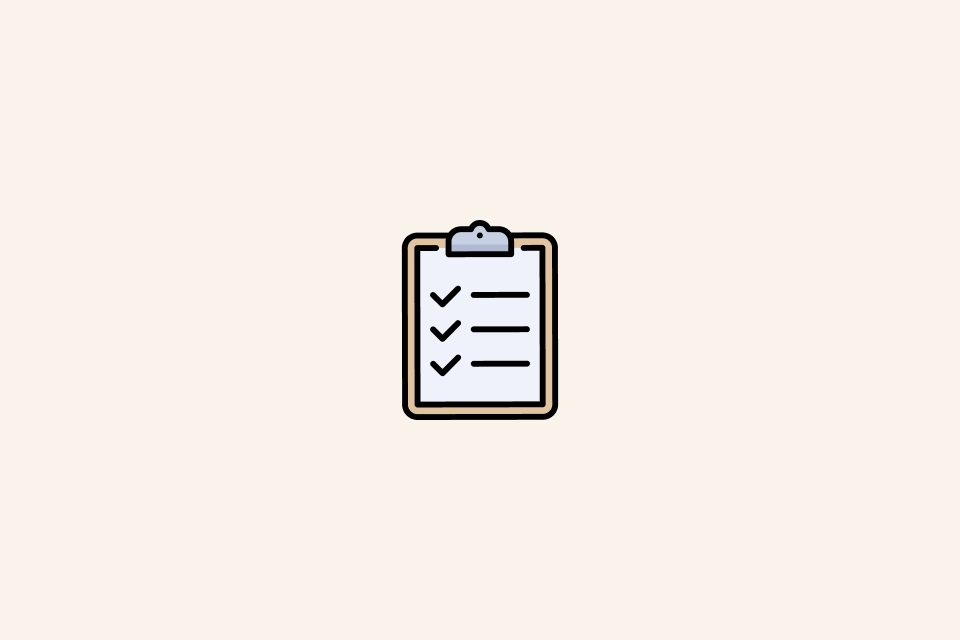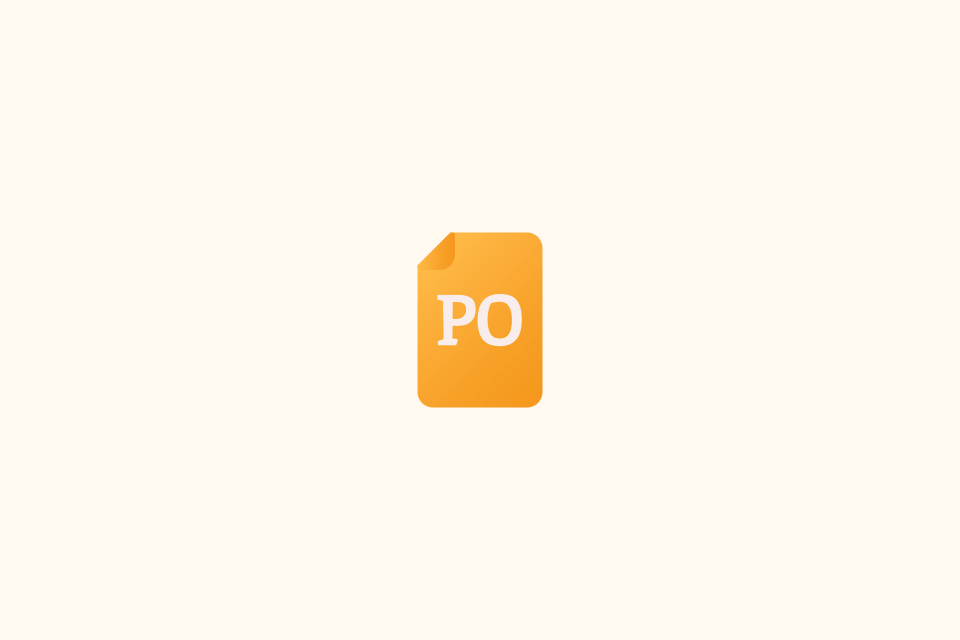Translation Proofreading Checklist for Pros

TABLE OF CONTENTS
Professional proofreading is the last line of defense between a good translation and a great one. This checklist distills best practices used in professional localization teams so you can ship accurate, consistent, and on-brand content under real-world constraints. Use it as a repeatable workflow or a final pre-release gate.
Who this is for: in-house reviewers, freelance linguists, and localization PMs who need a reliable, repeatable process.
At a glance:
- Meaning and completeness first
- Enforce termbase and style guide
- Locale formats for numbers, dates, and currency
- Structural and formatting integrity
- Automated QA, then human read-through
- Clean handoff and TM hygiene
1) Scope and Brief Alignment
- Confirm the latest source version and change log; resolve any diff vs earlier files.
- Re-read the brief: audience, purpose, tone, domain, constraints (length limits, SEO keywords, legal sensitivity).
- Pin the reference set: style guide, termbase/glossary, previous approved samples, banned terms list, do-not-translate lists.
- Identify content type: UI strings, legal, marketing, technical, help docs, academic. Apply the right rules per type.
2) Meaning and Completeness
- No omissions or additions; check paragraph and list item counts vs source.
- Resolve ambiguity; avoid literal false friends and calques.
- Idioms and metaphors: convey meaning, not words. Prefer target-language equivalents.
- Preserve intent: informative vs persuasive vs legal precision.
- Units of measure: convert properly (imperial vs metric), spell out when required.
Helpful: see common traps in The Most Common Translation Mistakes and How to Avoid Them and build a do-not-translate list using What Not to Translate.
3) Terminology and Style
- Termbase compliance: required terms are present and correct; no deprecated or legacy forms.
- Brand voice: tone matches brief (formal, friendly, authoritative, playful) and stays consistent.
- Register and politeness: T-V distinction, honorifics, and second person usage.
- Inclusive and bias-free language; avoid ableist, gendered, or culture-specific assumptions unless intentional.
- Style guide rules: capitalization, headline casing, serial comma, list punctuation.
Tip: align with upstream guidance from 10 Tips to Get Better Translation Results in 2025.
4) Locale and Conventions
- Numbers: decimal and thousands separators, grouping, leading zeros.
- Dates and time: order (DMY/MDY), month names, 12/24h, time zones.
- Currency: symbol vs ISO code, spacing, position, local formats (e.g., 1 234,56 EUR).
- Addresses, names, phone numbers: local formats, non-breaking spaces where required.
- Punctuation and spacing: quotation marks, ellipses, dash vs hyphen, spaces in French before ; : ! ? etc.
- Acronyms/initialisms: expand on first use if required; consistent casing.
For UX pitfalls tied to locale formats, see Why Your Translated Website Confuses Users and How to Fix It. For commerce-specific conventions, see Translation for E-commerce: Complete Business Guide.
5) Data, Figures, and Cross-References
- All numerals match source intent; no swapped digits or lost signs.
- Table totals and percentages add up; ranges and thresholds remain correct.
- Figure labels, captions, and references are synchronized.
- Links: correct URL targets, working protocol, no leftover staging links.
- Footnotes and citations: numbering and content preserved; legal disclaimers verbatim where mandated.
6) Formatting and Layout Integrity
- Headings: hierarchy preserved (H1 > H2 > H3), no skipped levels.
- Paragraph and line breaks mirror the source where layout matters; avoid single-word orphan lines.
- Bullets and numbering: consistent markers and punctuation; restart numbering when needed.
- Tables: column alignment, header translations, numeric alignment (right), no clipped text.
- Code snippets, variables, placeholders: braces and tokens intact (e.g., {name}, %s, ICU patterns).
- RTL and bi-di: punctuation placement and mirrored UI verified if applicable.
- Alt text and aria labels present where required for accessibility.
Working with complex docs? See How to Translate PDF Files and Keep Formatting and tool options in Best PDF Translators in 2025.
7) Consistency Checks
- Key phrases and product names are consistent across the document.
- Terminology, spelling variants, and tone remain stable from start to finish.
- Repeated segments reuse the same translation unless context requires change.
8) MT Post-Editing Level (if applicable)
- Light PE: fix obvious errors, grammar, and meaning; keep style minimal; deliver fit-for-purpose utility.
- Full PE: rewrite to human quality; enforce style guide, terminology, and fluency; remove MT artifacts.
- Confirm with client which level is expected and document deviations.
Context: how MT quality varies and when to intervene in Best AI Translation in 2024.
9) QA Tooling Pass
- Spellcheck and grammar for the target locale (dictionary set correctly).
- CAT QA checks: terminology enforcement, forbidden terms, tag integrity, placeholders, length limits.
- Regex spot checks for numerals, dates, units, and punctuation anomalies.
- Validate links, email addresses, and phone numbers with automated checks if available.
- Run a final diff against the previous approved version to catch regressions.
Note: do a quick OCR sanity check if you imported scans; when needed, see 5 Ways to Translate Images and Screenshots Instantly.
10) Final Read-Through
- Read aloud for flow and naturalness; shorten long sentences for readability.
- Check headings, summaries, and CTAs for clarity and impact.
- Skim on a different device or medium (e.g., print or mobile preview) to catch layout or scanning misses.
- Sample back-translation for high-risk sentences to verify intent.
11) Handoff, Versioning, and TM Hygiene
- Deliverables: file naming, format, and encoding as requested; include a brief change log.
- Track unresolved queries and assumptions; highlight any source issues discovered.
- Update translation memory and termbase with approved changes; remove deprecated terms.
- For web/app, confirm that i18n keys map correctly after import.
Red Flags to Escalate
- Legal or compliance statements changed inadvertently.
- Numbers, prices, or units inconsistent with source.
- Security, medical, or safety instructions weakened or ambiguous.
- Unverifiable claims, outdated references, or non-localized privacy terms.
Quick Checklist (Copy-Paste)
- Source version and brief confirmed
- Completeness and meaning preserved
- Termbase and style guide enforced
- Locale formats (numbers, dates, currency) correct
- Names, product terms, and do-not-translate respected
- Figures, tables, and cross-references accurate
- Formatting, tags, and placeholders intact
- Consistency across the document
- QA tooling pass completed (spelling, grammar, tags, regex)
- Final read-through on a second medium
- Handoff notes and TM/termbase updates done
Pro Tips
- Maintain a per-project regex pack to quickly scan dates, numerals, and units.
- Keep a personal style diff log; common patterns emerge and speed up future reviews.
- For legal and medical, prefer conservative edits and escalate ambiguities early.
FAQ
Q: What is the difference between translation proofreading and editing?
A: Proofreading focuses on catching errors and enforcing rules (meaning, terminology, locale formats, punctuation, layout). Editing goes deeper into structure and style: rewriting for clarity, flow, and voice. In many teams, proofreading is the final gate after editing.
Q: How long should proofreading take per 1,000 words?
A: Typical ranges: 30–60 minutes for low-risk general content; 60–120 minutes for technical, legal, or marketing copy with heavy style enforcement. Add time for tables, figures, and link verification.
Q: Which QA checks can be automated vs manual?
A: Automate: term enforcement, forbidden terms, placeholders/tags, number patterns, punctuation spacing, length limits. Manual: intent/meaning, tone, idioms/culture, layout nuance, and risky figures (prices, units, legal clauses).
Q: What if style guide and termbase conflict?
A: Default to the termbase for product and domain terms; apply style guide elsewhere. Document the conflict and propose a resolution; update references after sign-off.


